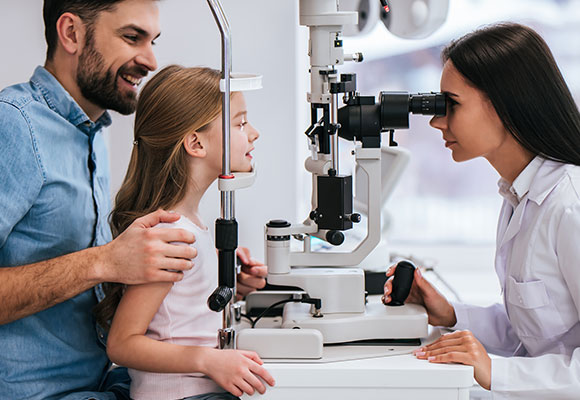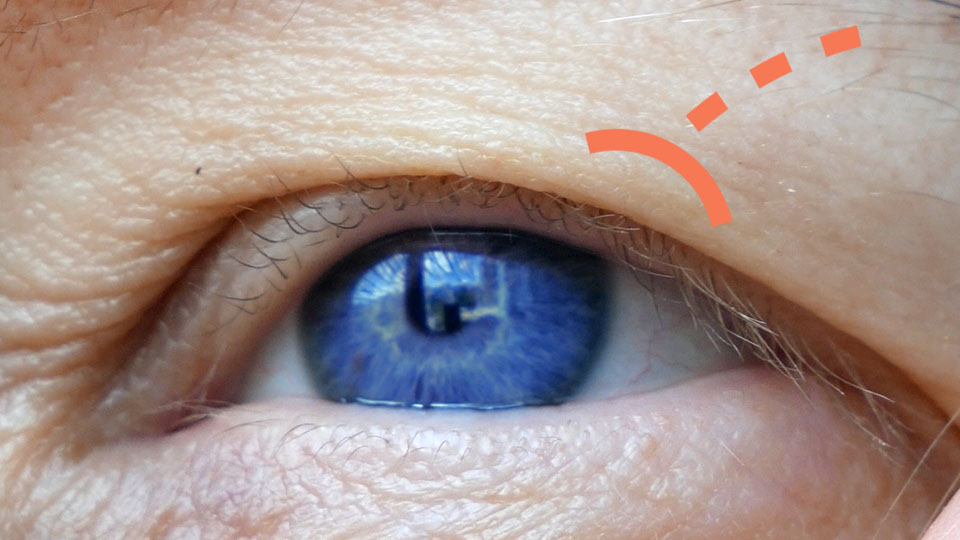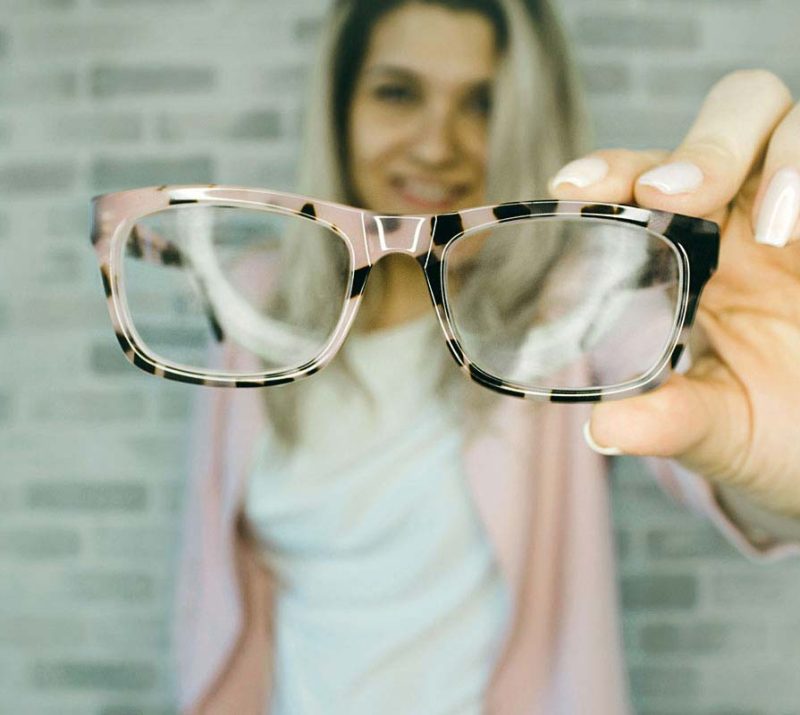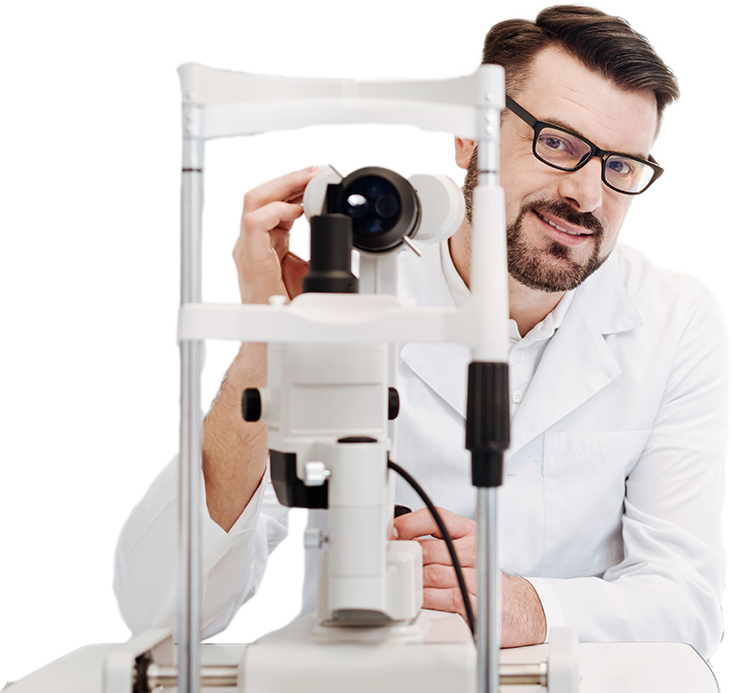

Drooping eyelids, also known as ptosis, is a condition where one or both upper eyelids droop more than usual, which can affect the appearance of the eyes and, in some cases, vision. This condition can vary in severity, from a small excess of skin on the eyelid to a significant droop that partially covers the eye.
What Causes Drooping Eyelids?
There are several possible causes of drooping eyelids, including:
- Aging: As we age, the muscles and ligaments that support the eyelid weaken, causing the eyelid to droop gradually.
- Muscular or Nerve Issues: Conditions like myasthenia gravis or damage to the nerve that controls the eyelid muscle can lead to ptosis. This may cause the muscle responsible for lifting the eyelid to function improperly.
- Trauma or Surgery: Injury or surgery to the eye area or surrounding areas can weaken the eyelid muscles, resulting in drooping.
- Genetic Factors: In some cases, drooping eyelids are caused by genetic factors, such as a malformation in the muscles that control the eyelid.
- General Health Conditions: Disorders like diabetes or circulatory problems can also contribute to ptosis.
Symptoms of Drooping Eyelids
The primary symptoms of drooping eyelids are quite obvious, but their severity can vary depending on the cause:
- Visible drooping of one or both eyelids: This is the most common sign and is often the first thing a patient notices.
- Difficulty opening the eyes fully: If the droop is significant, it may be hard to fully open the eyes, which can affect vision, especially if the eyelid partially covers the pupil.
- Eye fatigue: People with drooping eyelids often feel they need to make an extra effort to keep their eyes open, which can cause eye fatigue and discomfort.
- Vision impairment: In more severe cases, if the eyelid covers the pupil, it can interfere with vision, making activities like reading or driving difficult.
Treatment for Drooping Eyelids
The treatment for drooping eyelids depends on the underlying cause and the severity of the condition. Some options include:
- Eyeglasses and Contact Lenses: In mild cases of ptosis, patients may use specially designed eyeglasses or contact lenses that help keep the eyelids lifted.
- Medications: If ptosis is caused by a neurological or muscular condition, such as myasthenia gravis, medications may help improve muscle strength and control symptoms.
- Ptosis Surgery: In more severe cases, where eyelid drooping affects vision or quality of life, surgery may be necessary to repair the muscle that lifts the eyelid. This procedure, known as blepharoplasty or eyelid lift, can restore normal eyelid function.
- Non-Surgical Therapies: In some cases, especially when ptosis is mild, treatments such as botulinum toxin (Botox) can temporarily lift the eyelids, though this is not a permanent solution.
Is Drooping Eyelids a Serious Condition?
In many cases, drooping eyelids are not serious, but they can be bothersome and affect a person’s confidence in their appearance. However, if the eyelid droop interferes with vision or eye function, it’s important to seek medical treatment promptly.
Ptosis can also be a sign of an underlying health issue, such as a neurological or muscular condition, so it’s important for an eye care professional to conduct a thorough examination to determine the exact cause.
When Should I Consult a Professional?
If you notice one or both of your eyelids drooping, or if you experience difficulty seeing due to eyelid droop, it’s essential to consult an optometrist or ophthalmologist. Early diagnosis is key to addressing the underlying cause and considering appropriate treatment options.
Proper eye care is essential to maintain good quality of life. If you are experiencing drooping eyelids, don’t hesitate to seek professional guidance. At Tus Ojos Eyecare, we have a team of experts ready to help you diagnose and treat this and other eye conditions, ensuring your visual health.



